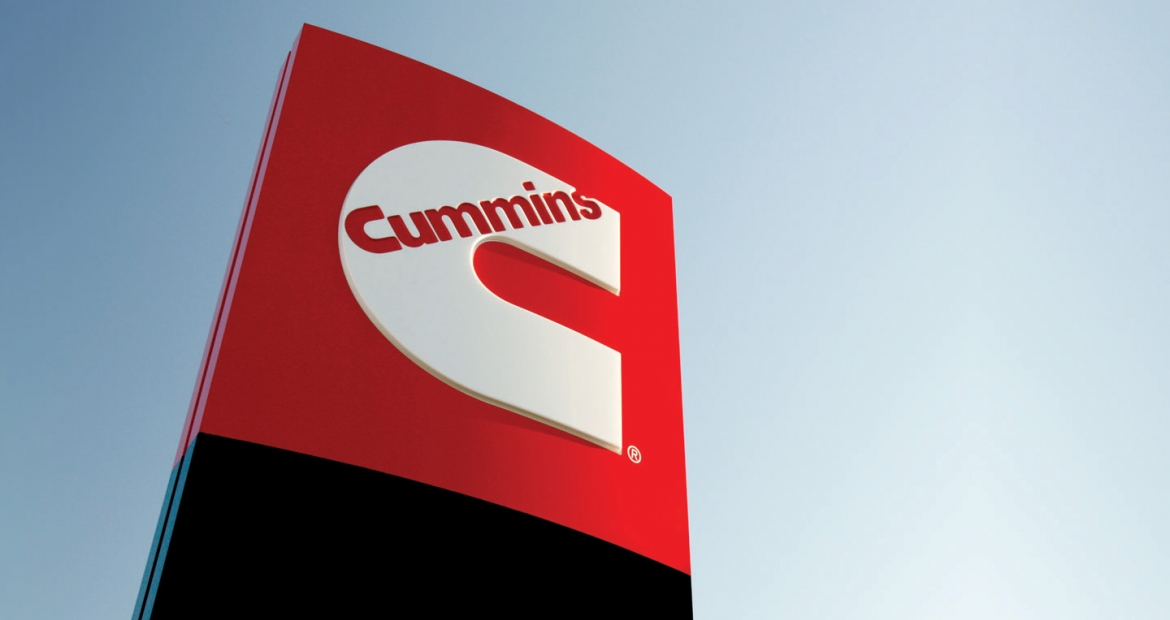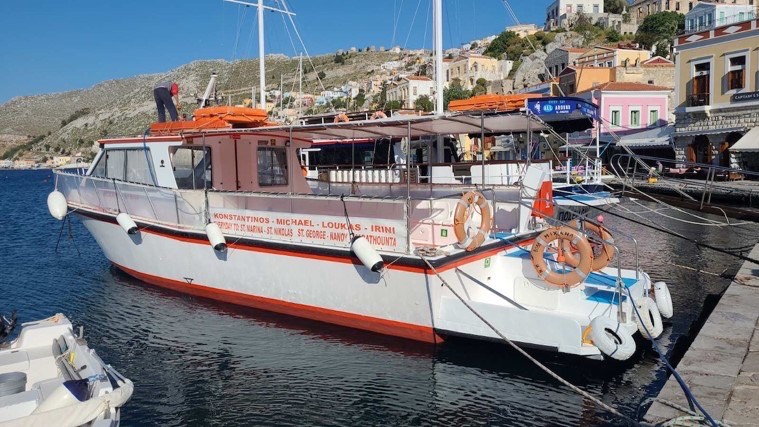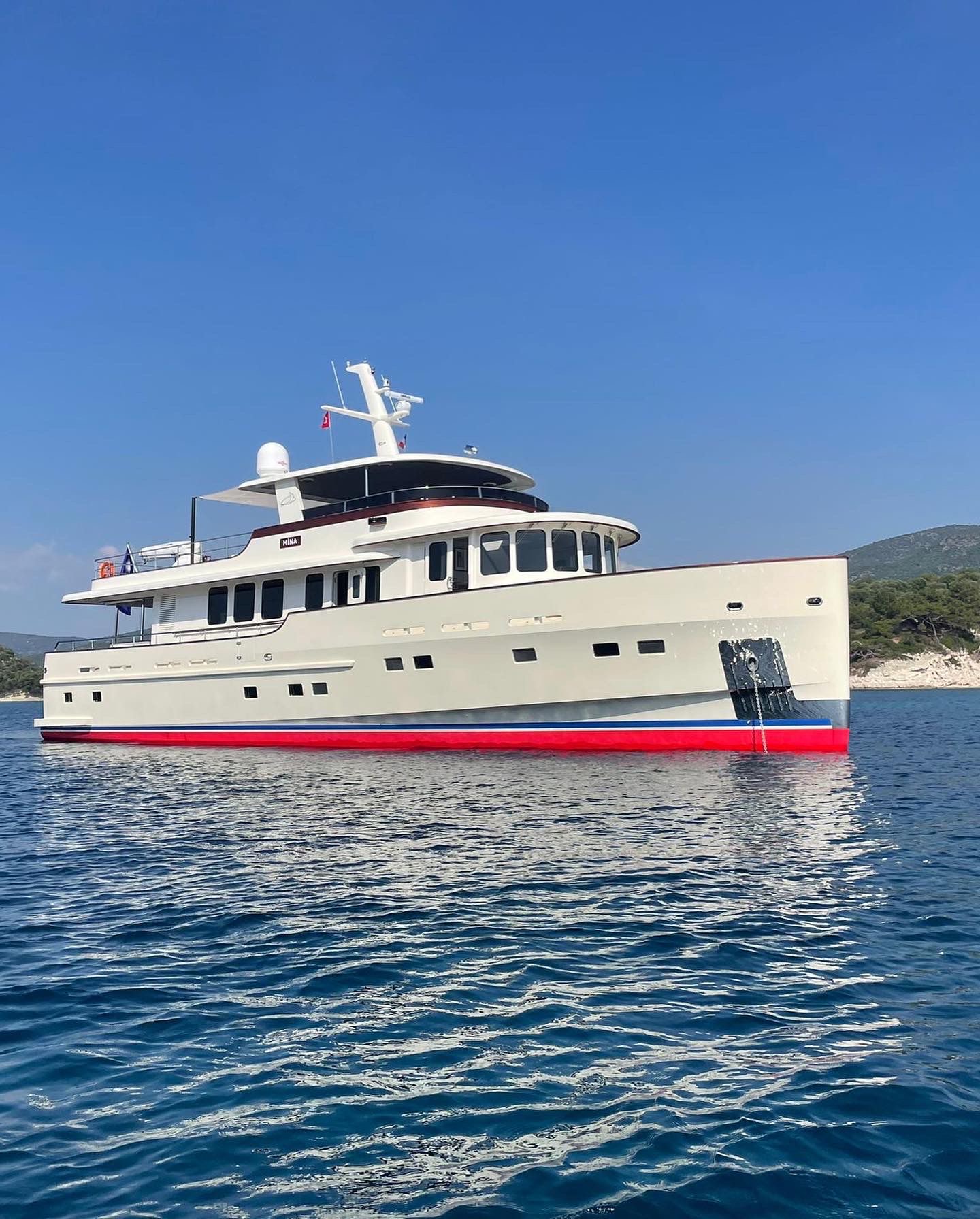
Cummins Vessel Reference #773

From instant Internet access to efficient logistics, the ability to draw on the best global concepts and products to build a vessel has never been greater. The revolutionary new pusher tug launched in Paraguay this past September demonstrates this. The Astillero Tsuneishi Paraguay SA, a subsidiary of the Japanese Tsuneishi Shipbuilding Company, delivered the 141 by 59-foot (43 x 19 meter) vessel Ceasar Primo to her owners, the Uruguayan Aquafarm. The vessel will push barges transporting grain in containers on the Paraná-Paraguay River. (http://www.tsuneishi.co.jp/english)
Central to the development of the innovative new towboat is the design by the Netherlands-based Concordia Group. Concordia’s CEO Chris Kornet and Technical Manager Bert Duijzer were both closely involved with the design’s development. The hull form received extensive testing at the Netherland’s Marin Institute (http://www.marin.nl/) with computational fluid dynamics input from SIP Marine of Drunen also in The Netherlands.
With an efficient hull design, the team began looking for appropriate propulsion for the Paraná River conditions. Cummins marine engines have, since the firm’s creation in the USA in 1919, earned a well-established world wide reputation.. Noted for extended hours between servicing as well as for an effective worldwide support network, Cummins marine engines have earned a place on the European, American and Brazilian inland waterways. Draft restrictions can be a challenge for inland waterways vessels. In order to provide the required power while maintaining a maximum six-foot (1.83-meter) draft, the owners and designers of the Ceasar Primo chose to install four Cummins KTA 50-M2 diesels.

Each of the 50-liter engines is rated for 1600 HP Continuous at 1800 RPM. For gears they selected the Reintjes WAF763 L.
To achieve maximum thrust and speed, the highly efficient nozzles from the Canadian firm Nautican were selected. (http://nautican.com/) Finally the rudder system, optimized to the Nautican Nozzles, was provided by Netherlands-based De Waal, as was the propeller shafting. (http://maritimetechnology.nl/bedrijven/de-waal-bv/) The shafts and propellers are recessed in the bottom of the hull.

The combination of 6400 HP and the efficient nozzles allows the Ceasar Primo to push 40,000 tons in shallow depths but also during the seasonal downpours and heavy river currents. With global design and technology combined with local fabrication, a new chapter is being written for navigation on the Paraná-Paraguay River system. This powerful new towboat will also be attracting global attention on river systems from the Danube to the Mississippi and the Yangzi.
Photos of the Ceasar Primo and of her two starboard Cummins KTA50 engines courtesy of Astillero Tsuneishi Paraguay
For more information contact:
Marcial Yoshizaki
Astillero Tsuneishi Paraguay SA
Ruta Villeta – Alberdi km 8.5 Villeta, Departamento central, Paraguay
Phone: 595 21 238 1265 | 8
Armando Tavarozzi
Cummins Distribution Argentina
Marine and Oil & Gas Sales Leader
Ruta Panamericana Km. 32, El Talar, Buenos Aires, Argentina
Phone: 54 11 4736 6428
E-mail: armando.tavarozzi@cummins.com
Trophy fish are measured by weight and length at the dock. They almost always exceed the size of the angler reeling them in. The exception would be M/V Chelsea ...
Greek passenger vessel repowers with Cummins. Cruising to Symi on a water taxi is more than a boat ride across the Aegean Sea. Departing the eastern sh...
Crews with no choice but to head out to sea in rough weather conditions rely on trawlers' inherently robust, stout design based on the DNA of highly capable fis...



